Until recently, few women were in museum leadership positions in this country, and their salaries lagged behind those of their male counterparts.
The first woman to direct a major art museum in the U.S. was Agnes Mongan, who served as curator and director for Harvard Art Museums from 1969 to 1971. Earlier this year, Kaywin Feldman became the first woman director of the National Gallery of Art in Washington, DC and is only the second woman currently directing one of the nation’s top art museums. The other is Anne Pasternak, director of the Brooklyn Museum since 2015.
According to the most recent demographic survey by the Association of Art Museum Directors (AAMD), women in museum leadership positions in North America has increased from less than 50 percent in 2014 to 62 percent in 2018.
The survey also found that there is a preponderance of women in curatorial, conservation, and education roles with the potential of moving up to leadership positions.
Connecticut happily mirrors the national trend, with more women taking the helm of our major museums. Several of these dynamic museum directors spoke to us about how their female perspectives are enhancing and shaping the future of their art institutions.
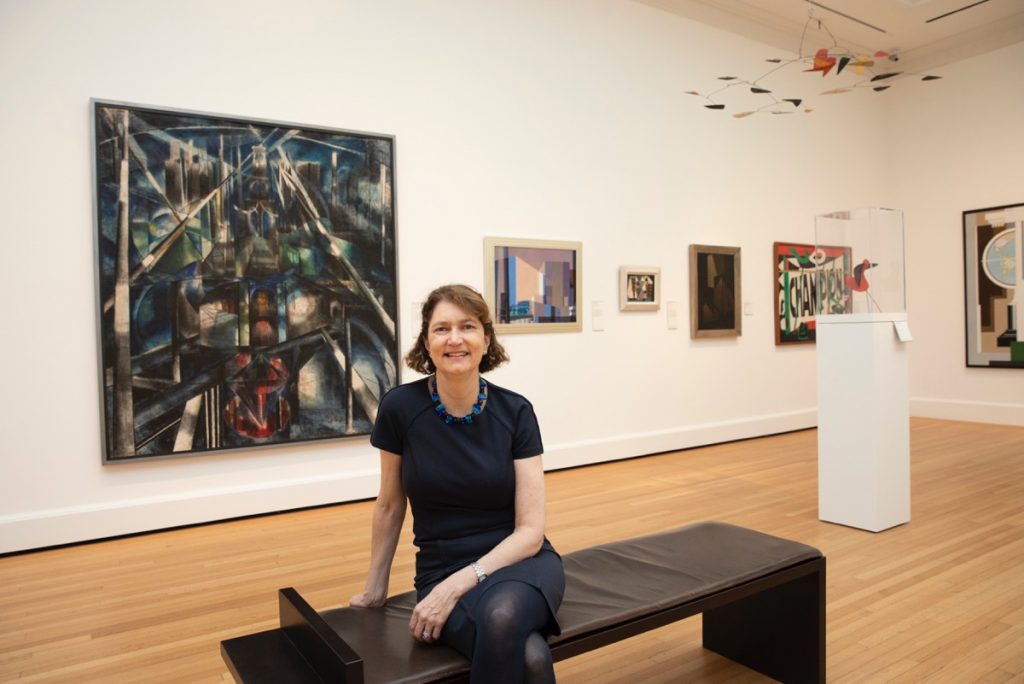
Stephanie Wiles
Yale University Art Gallery, New Haven
In April of 2018, Stephanie Wiles took the reigns of YUAG, the oldest university art museum in the western hemisphere (founded in 1832) from Jock Reynolds, who had been the museum’s director for 20 years. Wiles came to Yale with more than 20 years of experience leading college and university art museums, most recently Cornell. She was on the board of the AAMD during this growth period in which women were breaking the glass ceiling and moving into museum director roles.
Wiles, who describes herself as coming from a standard art history Ph.D. and curatorial work in one specific area of drawing and prints, says she’s happy to see the new wave of museum leadership coming from a broad variety of backgrounds and education.
“It’s incredibly exciting – not only that it expands the ecosystem of ideas but provides a strength for all of us to be coming to art expertise from different vantage points,” she says.
Wiles stresses that in addition to more women coming on board, diversity of all kinds plays an important role in the future of museums. “Our efforts with the younger generation are going to be key to making museums look more like our communities down the line,” she says.
One of the things she has found in particular about women museum directors is that they are excited about mentoring other women.
“I’m proud of the fact that some of the women I’ve mentored have become museum directors and feel comfortable coming to me to draw on my experience,” Wiles says.
Along these lines of expanding communications, she would like to see a network set up in Connecticut where staff can meet their colleagues in similar roles in other museums to talk, share ideas, and problem solve.
As well as interacting with the museum’s built-in audience of Yale students and faculty, Wiles is interested in implementing and expanding intergenerational and elementary school programs, lectures, and opportunities for community conversations about exhibitions.
A priority for Wiles among the challenges and opportunities at YUAG is developing The Margaret and Angus Wurtele Study Center on Yale’s West Campus – a new open-access storage facility containing tens of thousands of art objects – and expanding its access to the public.
She also wants to make sure exhibitions are balanced.
“We have 11 curatorial departments, including ancient and numismatic, so we’re not a modern or contemporary or American museum of art,” Wiles points out. “I’m excited and committed to expand the scope of exhibitions that reflect all the research we do and the nature of our collections to appeal to many people’s interests.”
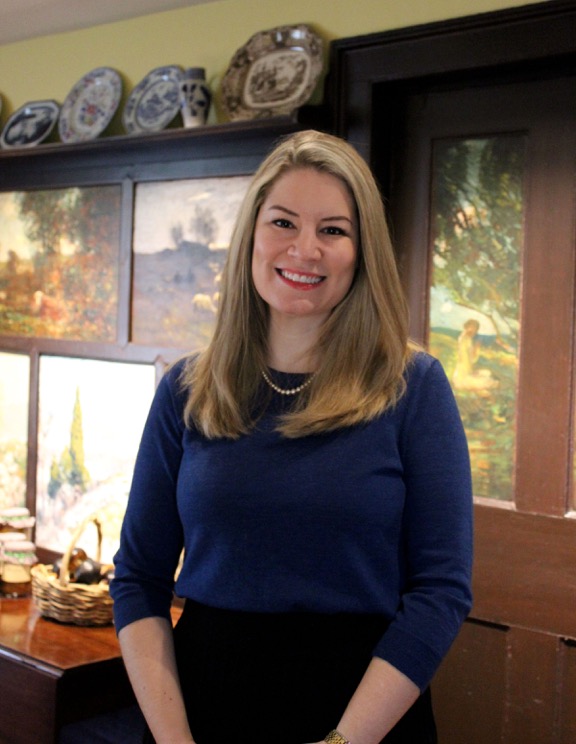 Rebekah Beaulieu
Rebekah Beaulieu
Florence Griswold Museum, Old Lyme
Rebekah Beaulieu became the new director of the Florence Griswold Museum in February 2018 after Jeffrey Anderson retired from the position he held for 40 years. Prior to this appointment, Beaulieu was associate director at Bowdoin College Museum of Art in Brunswick, Maine.
Beaulieu has an M.A. in Art History and Museum Studies, an M.A. in Arts Administration, and a Ph.D. in American and New England Studies.
“It was important to me to foster my knowledge from a scholarly perspective and also to foster tenets of strong leadership, management, strategic planning, and finance,” she says. “I interned from age 16 on. I was passionate about being in museums and museum culture.”
Beaulieu says she finds it fascinating to see and be part of this tidal wave of female leadership unfolding in Connecticut museums.
“It’s an interesting combination we sometimes can’t acknowledge: youth and gender,” she says. “I’m 37 years old, which is impressive for a man and concerning for a woman. There are times as a woman that you have to prove yourself more than others. The way I look at it, Miss Florence was female. It’s one part of my character that’s important, but not wholly defining. And I’m lucky to have joined an organization that has a spectrum of ages and male and female representation.”
Thinking about her vision for the museum, Beaulieu says, “When a museum undergoes a leadership change, for the board, staff, and community, it’s an opportunity to reengage and reinvest in an institution. This museum has a strong reputation and relationship with the community and surrounding area.”
Finding new ways for the public to experience the museum’s landscape is high on Beaulieu’s list.
“We’ve always had plein air painting on site,” she says. “We have a whole new visitors’ guide and are looking at future collaborations with organizations focused on sciences and nature, and collaborations with schools to promote the arts with life sciences and the environment, from preschool through college through adult education.”
Looking at future exhibitions, she says, “We have a year of contemporary programming, which is unusual for the Florence Griswold. We’re finding ways to continue to hone the work of the Lyme Art Colony, as well as be a steward of contemporary art in Connecticut.
“I’m continuing to find new and exciting ways to use the resources here and find new ones,” Beaulieu says. “And as we transition into a new era here, it’s absolutely vital to the future of the museum.”
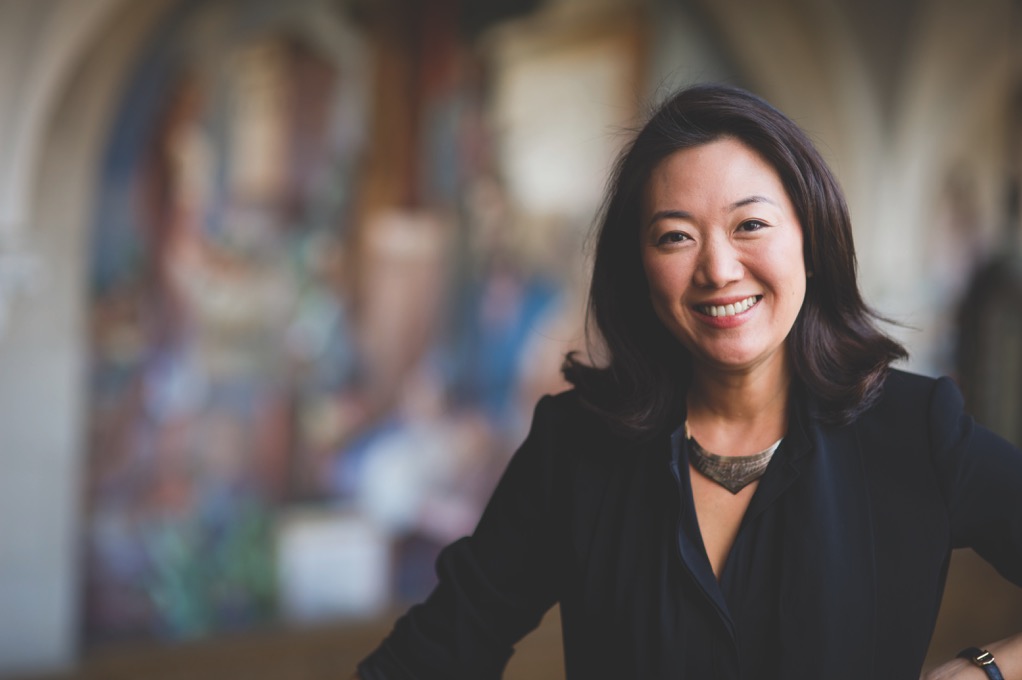 Min Jung Kim
Min Jung Kim
New Britain Museum of American Art (NBMAA)
Min Jung Kim came to NBMAA in mid-2015, becoming the sixth director of the oldest museum of American art in the country (founded in 1903). Before that, she was deputy director of the Eli and Edythe Broad Art Museum of Michigan State. And for more than 12 years prior to that, she was program director at the Guggenheim Foundation in New York City.
Overall, Kim says, her personal experience moving through the ranks of the museum world has been very positive.
“I was born and raised in Seoul, South Korea and came to the U.S. to pursue a liberal arts education at Wheaton College,” she says. “As a result, I discovered art history as my major, which led me onto a career path I’ve undertaken for the last 25 years.”
She notes that her options to pursue a career as a woman in Korea were somewhat limited and says, “Coming to the U.S., I was presented with extraordinary opportunities, as long as I remained curious, ambitious, and hardworking.”
Kim acknowledges that it takes both supportive women and men for women to thrive in the art world.
She feels very fortunate to have “amazing female colleagues,” including her deputy director, Michelle Hargrave, who came on board in 2017, and also “incredible men” on her team at NBMAA.
Kim has a crystal-clear vision of where she sees the future of the museum, which she says encompasses “a much more expanded definition of American art – a hemispheric view that includes the U.S., North America, Canada, as well as South America.”
She adds that the museum’s location in New Britain also plays an important role in how she’s developed programs and exhibitions in the last few years.
“Nearly half of New Britain is comprised of Hispanic and Latinx [residents],” she says. “This kind of diversity is indeed part of the conversation about American art and so, too, is the immigrant experience. As an immigrant myself at the helm of an American art museum, I bring both personally and professionally relevant experience to this conversation.”
Although there are more women these days in high administrative positions, women artists continue to be underrepresented on museum walls, Kim points out, citing that in many permanent U.S. collections, only 23 percent of artists represented are women and only 27 percent of solo exhibitions are devoted to women artists.
Knowing this, and knowing that 2020 celebrates the 100th year of women’s right to vote, Kim is keen to have more women represented in the museum and is committed to showing women artists in all special exhibitions from January through December of 2021. Included will be contemporary American artists Kara Walker, silhouettist; Anni Albers, textile artist; Helen Frankenthaler, abstract expressionist painter; and Yoko Ono, Japanese-American multi-media artist.
“The work we will be exhibiting is by incredibly well-known artists,” Kim says, “showing great diversity of race and ethnicity, as well as in terms of age and medium.”
Women of the Wadsworth
Women play an integral role in the vision and operations of Hartford’s Wadsworth Atheneum Museum of Art. Founded in 1842, the Wadsworth is the oldest continuously operating public art museum in the U.S. and is home to a collection of almost 50,000 works of art, spanning 5,000 years. Here are some of the women in key curatorial positions who create and execute the museum’s featured and permanent exhibitions.
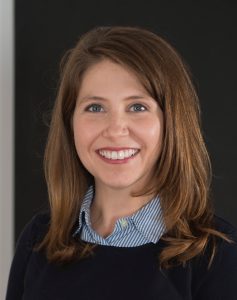 Brandy S. Culp
Brandy S. Culp
Brandy S. Culp was appointed Richard Koopman Curator of American Decorative Arts in 2017. Before joining the Wadsworth Atheneum, Culp served as curator of Historic Charleston Foundation and was the Andrew W. Mellon Curatorial Fellow in the Department of American Art at the Art Institute of Chicago. She has also held positions at the Metropolitan Museum of Art and Bard Graduate Center. Culp received her Master of Arts degree with an emphasis in American Decorative Arts from the Bard Graduate Center. At the Wadsworth, Culp is currently working on the American art galleries reinstallation, a permanent silver installation, and an exhibition on the material culture of sugar.
 Patricia Hickson
Patricia Hickson
Patricia Hickson has been the Emily Hall Tremaine Curator of Contemporary Art since 2009. She oversees the contemporary art collection and acquisitions, organizes special exhibitions, and leads the MATRIX program – a series of changing contemporary art exhibitions. Hickson previously held curatorial positions at the Des Moines Art Center, Williams College Museum of Art, San Jose Museum of Art, and the Institute of Contemporary Art, Boston. She earned a B.A. in Art from Bates College and a M.A. in Art History from Williams College. At the Wadsworth, her exhibition Warhol & Mapplethorpe: Guise & Dolls received popular and critical acclaim.
Erin Monroe
Erin Monroe joined the Wadsworth in 2007 and today serves as the Robert H. Schutz, Jr. Associate Curator of American Paintings and Sculpture. She works with an extensive collection ranging from colonial portraiture to American modernism. Monroe was previously a curatorial assistant at the Lewis Walpole Library, Yale University. She obtained a B.A. in Art History from Northwestern University and earned her master’s degree from Hunter College (CUNY), with a concentration in Modern American Art. Since arriving at the museum, Monroe has curated and co-curated numerous exhibitions, including American Moderns on Paper: Masterworks from the Wadsworth Atheneum Museum of Art (2010), Andrew Wyeth: Looking Beyond (2012), John Trumbull: Visualizing American Independence (2016), and Gorey’s Worlds (2018).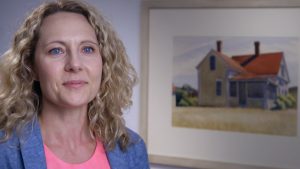
Linda Horvitz Roth
Linda Horvitz Roth is Senior Curator and Charles C. and Eleanor Lamont Cunningham Curator of European Decorative Arts. She attended Bowdoin College, earning a B.A. in Art History, and later an M.A. in Art History from University of North Carolina, Chapel Hill. Roth has been a member of the curatorial department of the Wadsworth since 1980. Since then, she has organized a number of exhibitions, including J. Pierpont Morgan, Collector: European Decorative Arts from the Wadsworth Atheneum (1987); Theater, Dance, and Porcelain in the Eighteenth Century (2004–2005); and Morgan: Mind of the Collector (2017). Roth co-curated the 2015 re-installation of European art at the museum. 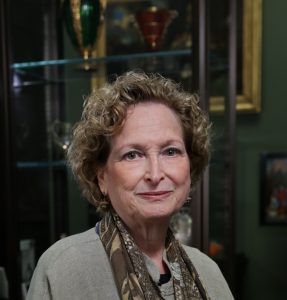




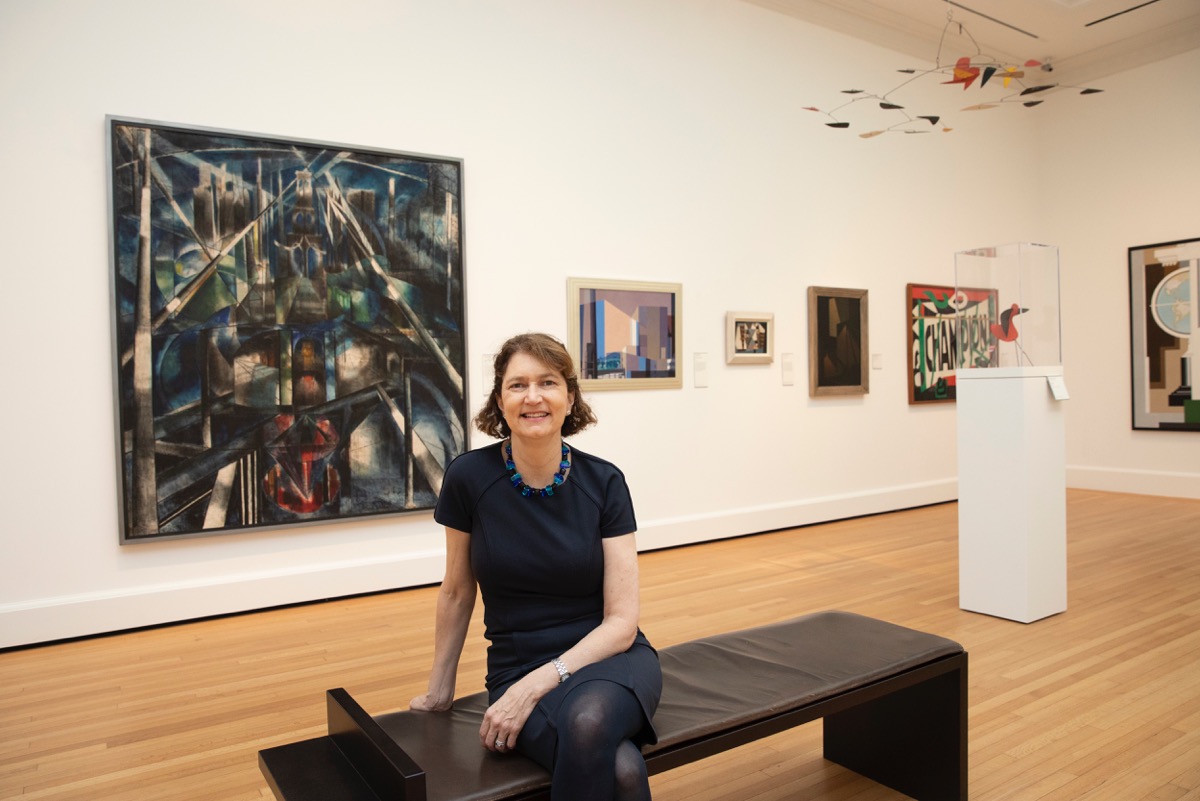


More Stories
Colin McEnroe: A Half Century of Covering Connecticut with Wit, Curiosity and Heart
Fall Arts Preview: Emus, Foxes and Eric Clapton, Too
Wadsworth Atheneum Museum of Art: (Un)Settled Art Exhibition Moves Beyond Classic Landscapes